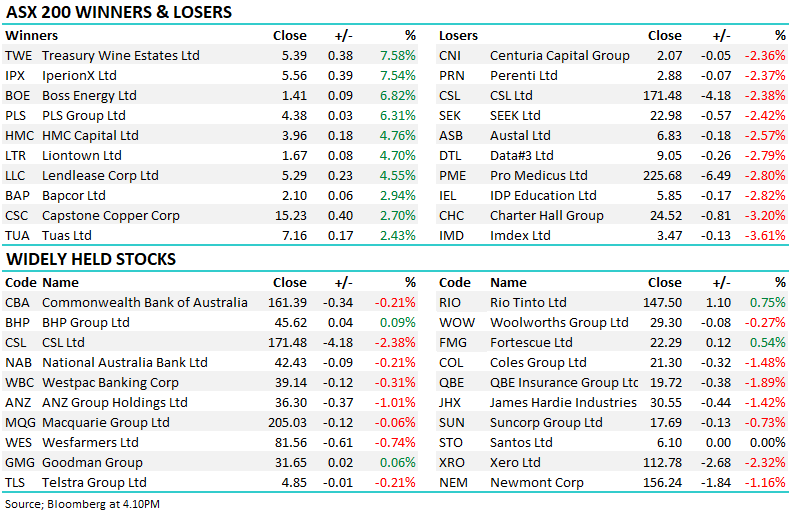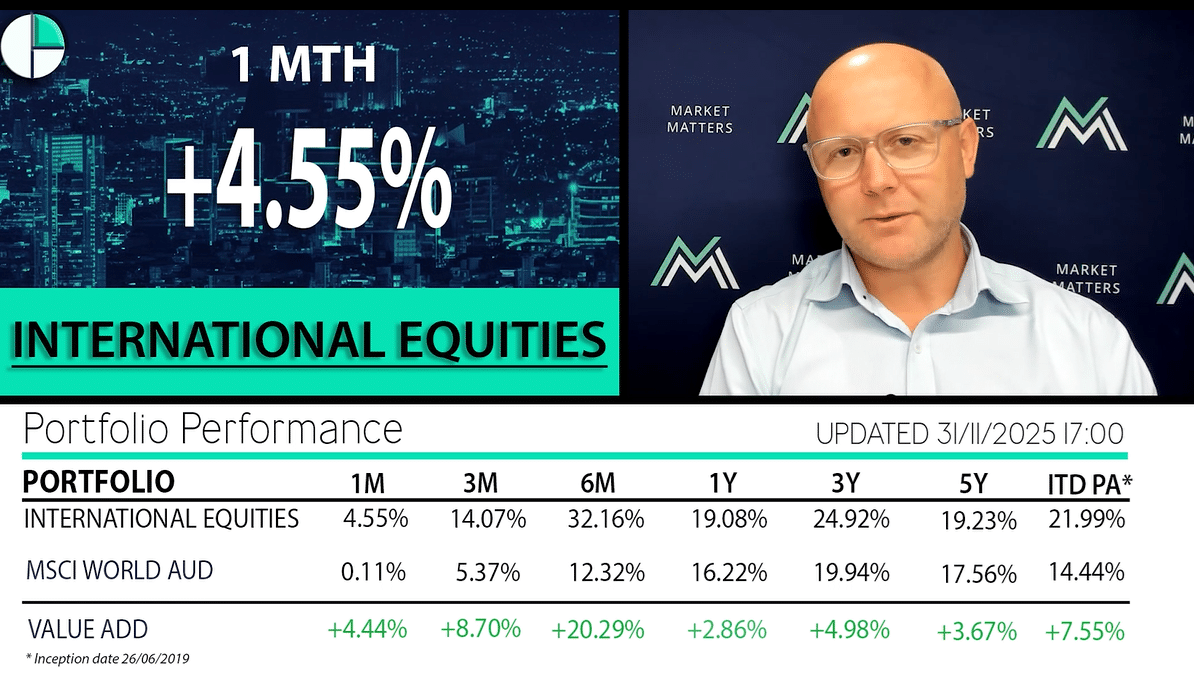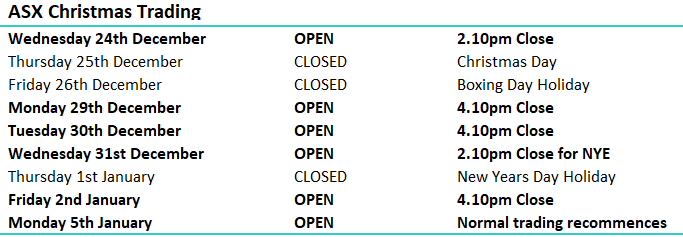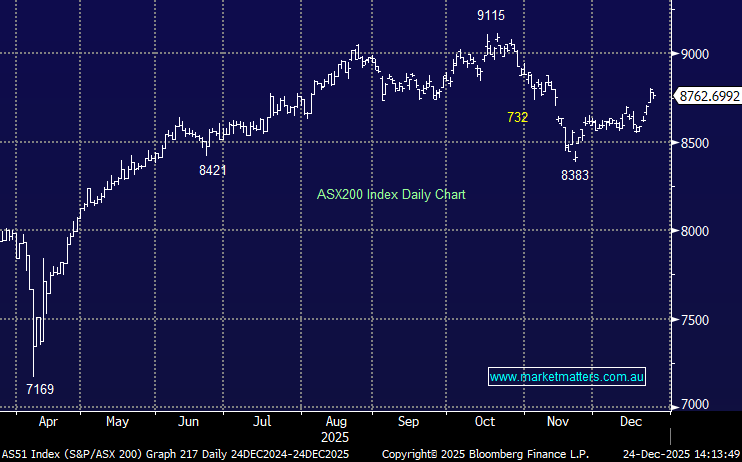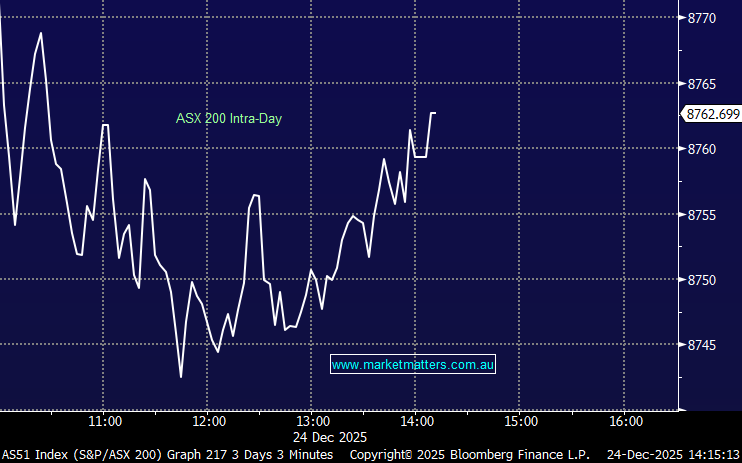Hi Geoff,
When a Hybrid is issued at $100 and it rises to $107, it means the markets view has changed and investors are now happy to accept a lower yield to call than they previously did. Using the MBLPC as an example, it’s trading at $107.10, because when it was issued, investors demanded a margin over bank bills of 4.70%. The environment was a risker one so they had to compensate investors for said risk. They also issued a note with the same structure more recently under the code MBLPD, and investors bought that at a margin of 2.9% over bank bills.
Same security, same risk but with different yields. Markets are efficient so we look at the cash flows of these hybrids and conclude that they should be more or less the same (some variance around maturity but for this conversation, assume they should be the same).
Two things can happen. The MBLPC can be bought up above $100 decreasing it’s yield to call for new buyers or the MBLPD can fall below $100 increasing it’s yield to call. As it stands, the MBLPC is now paying a yield to call of 6.12% (based on the income minus the capital loss of $7.10 proportioned out to maturity) while the MBLPD is paying a yield to call of 6.86% – which makes sense because it is a longer dated security.
The Hybrid issuer will only give back the face value of the security plus any accrued interest. The reason to hold a hybrid to maturity is to simply get a full allocation into the next offering if they have one.
Theoretically, Hybrids actually become less attractive as interest rates increase. When cash rates are at 0.10% and a Hybrid margin is 2.90%, it is 29x the cash rate on offer. When cash rates at are 3.35% and the hybrid margin is 2.90%, it is less than 1x. We still like Hybrids and believe they offer a great alternative for income focussed investors.


